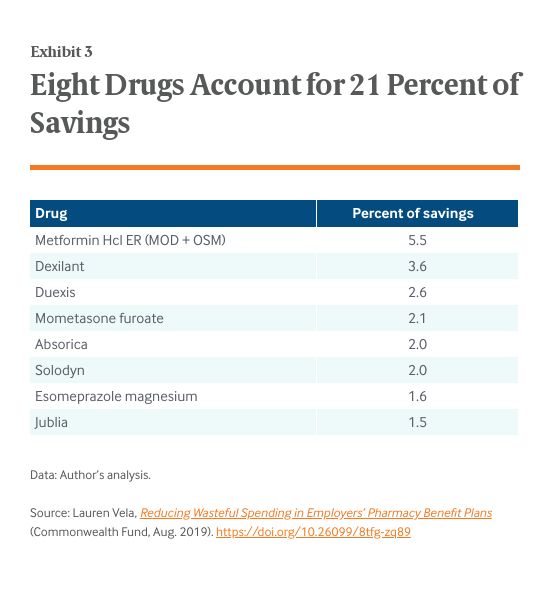22 Nov Maximizing Your Employee Benefits to Attract and Retain Talent
Attracting and retaining quality talent is a common struggle among most employers. While having the lowest unemployment rate in the past 50 years is a good thing, that also means that the pool of available candidates is smaller and more competitive. If you also consider that the median employee tenure is relatively short, 4.3 years for men and 4.0 years for women according to the Bureau of Labor Statistics, it really speaks to the importance of not just attracting talent, but keeping the talent you have. Other than higher pay, what can employers provide that will help them accomplish this, without breaking the bank?
Perks vs Benefits
While the two may sound identical, there is a subtle difference. Benefits are typically forms of non-cash compensation that cover basic needs. If they weren’t provided by the employer, the employee would likely have to fund them on their own. Examples include health insurance, paid time off, retirement savings, and others. Perks, on the other hand, are typically desirable additions to an employee’s salary and benefits package, but aren’t considered necessary. Perks might include being able to work from home, a flexible working schedule, or a casual dress code. While both are useful tools in helping to attract and retain talent, there are certainly different price tags.
The Most Valuable Benefit
While many perks and benefits are important, providing health insurance is the most important to employees, and certainly the most costly (as if you needed a reference). Unfortunately, as we know all too well, the cost of providing health insurance is rising at an unsustainable rate. Pharmacy in particular is one of the biggest cost drivers in the American healthcare system and especially employers, with over $330 billion spent in 2017, and private health insurance making up 42% of that cost. So how can employers still provide good health insurance to their employees but keep the costs low?
A way to do this, that some would consider low-hanging fruit, would be to ensure that your formulary doesn’t include low-value drugs. Below are examples of eight drugs that account for 21% of savings in a recently conducted study through the Commonwealth Fund. These drugs could be name brands of drugs that have cheaper generics, are combination drugs of cheaper alternatives, or just a newer version of an old drug that essentially does the same thing.

Maximizing Your Pharmacy and Medical Benefits
The KBGH offers the Right Rx program, which is a pharmacy overlay that works behind the scenes to identify lower-cost versions of drugs your employees are taking, and then contacts the employee’s provider on their behalf to recommend a change. This program has a guaranteed return-on-investment and users of the program typically see pharmacy savings between 8-10%.
Also, if you are using one of the “big three” PBMs (Express Scripts, CVS Health, or OptumRx) rather than a transparent, 100% pass-through PBM, in the words of Lauren Vela of the Pacific Business Group on Health at the 2019 Healthcare Roundtable, “You’re not getting a good deal”. The KBGH is looking into providing transparent PBM options to our members that will significantly save money on pharmacy costs.
Employers also have a much greater opportunity to save money on providing health insurance to their employees by becoming self-insured rather than being fully-insured, if possible. The KBGH now offers an employee benefit captive that allows small to mid-sized employers to enjoy all the benefits of being self-insured (access to data, plan design flexibility, greater savings potential), without having to bear all the financial risk. This is possible by being placed into a group of other healthy, like-minded employers that provides an extra layer or stop loss protection. We provided an educational session to learn about this new offering, which you can watch in its entirety here, or you can watch just the description about the STAR Captive here.
Have you implemented strategies not mentioned here that you’d like to share? We’d love to hear them! If you’d like more information on anything mentioned in this post, please contact us.

